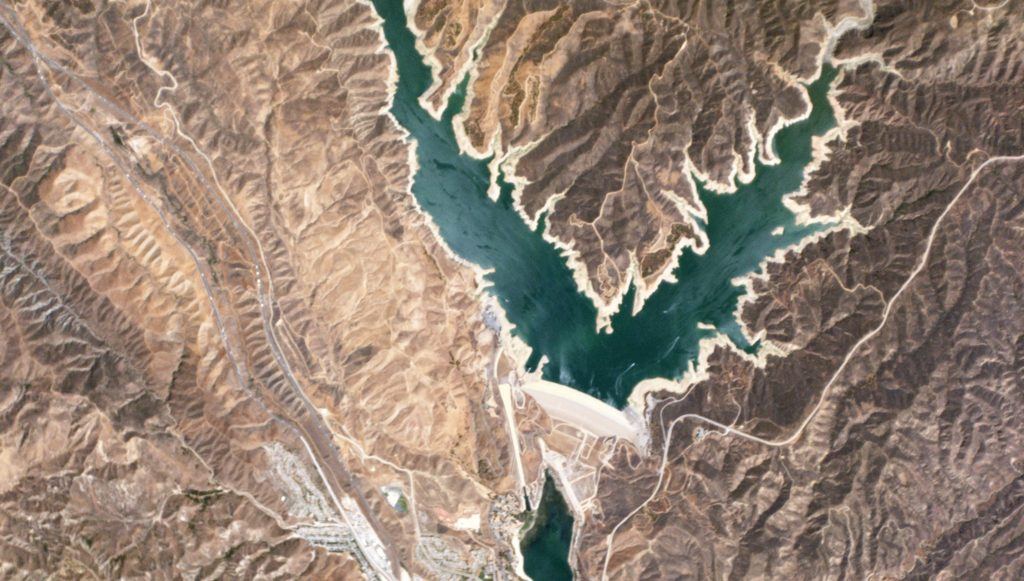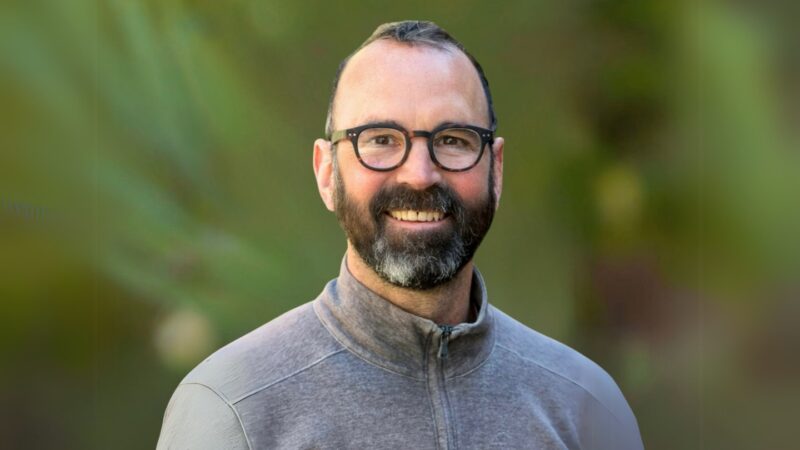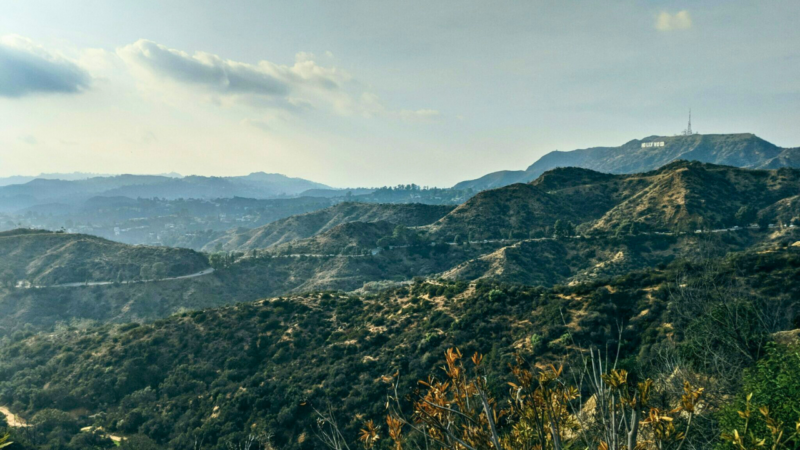
Getting to the bottom of L.A.’s future water supply
UCLA researchers created a comprehensive model to find out how L.A. County can reduce its reliance on imported water.
From that famous moment William Mulholland said, “There it is. Take it,” as the first drops flowed through the Los Angeles Aqueduct in 1913, L.A.’s relationship with its water supply has been complicated.
Back then, half a million people lived in L.A. County. Today, a complex network of more than 100 agencies supplies a population of more than 10 million. Some sources are local, like groundwater and collected stormwater, but most of it is imported from the Colorado River and the Sacramento-San Joaquin Delta, hundreds of miles away.
The recent multiyear drought emergency sharpened L.A.’s focus on reducing dependence on imported water.
To figure out how that can be accomplished, UCLA researchers created the most comprehensive and detailed model to date for understanding L.A. County’s local water supply potential. The study, recently published in the Journal of Water Resources Planning and Management, assesses how much the current system can cut its reliance on imports. It uses a new model that combines information from many sources, including usage data from water supply agencies, rainfall and runoff totals, historical data on wastewater—even how much gets used by trees.
Using the new model, the paper provides a couple early findings about the future of water in L.A.
To reduce imported water by 30 percent while maintaining attractive landscapes, economic productivity—and, importantly, not depleting groundwater—the county would need to triple the average amount of stormwater it captures annually and prioritize water reuse from existing facilities. Reducing imported water by 50 percent is possible after planned infrastructure projects across the county are completed.
That’s doable with the right funding, said coauthor Stephanie Pincetl, director of the California Center for Sustainable Communities at UCLA.
“What it means is that we know for sure that L.A. County will not go dry,” Pincetl said. “There’s a way in which we can manage water that enables people to thrive.”
Erik Porse, the paper’s lead author, said the unique position of UCLA allows it to tackle big picture questions.
“All of these agencies are working hard to make sure their systems don’t break, to make sure their water pipes flow, to make sure their cities don’t flood. And then they have the additional mission of coordinating across hundreds of agencies,” said Porse, who is associate director for research at the California Center for Sustainable Communities at UCLA. “The university has a little bit of freedom to look across systems.”
The researchers are currently extending the work to include economic and energy considerations, and also determine what it would take to get to 100 percent local water supply. Doing so would alleviate stress on sensitive upstream ecosystems, such as the Owens Valley and Colorado River Basin. The Colorado River in particular is overtaxed by human demands, supplying 30 million people and irrigation for 90 percent of the United States’ winter vegetables. Nonprofit organization American Rivers named the lower Colorado the nation’s most endangered river of 2017.
Mark Gold, study coauthor and UCLA associate vice chancellor for environment and sustainability, said the new water supply model has implications that reach beyond the region to a world that is increasingly urban. Gold directs the Sustainable L.A. Grand Challenge, a UCLA-wide research initiative to move L.A.to 100 percent renewable energy and 100 percent local water while enhancing ecosystem and human health by 2050.
“If you can do this in a complex system like Los Angeles, you can apply it in any city around the world,” Gold said.
Image: Castaic Lake in the Sierra Pelona Mountains supplies water to the northern part of Los Angeles County.
Published:


